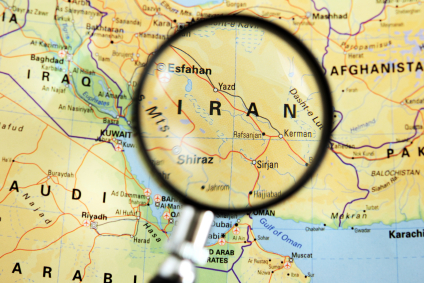“The Islamic Republic of Iran’s economy has undergone numerous upturns and downturns since the victory of the Islamic Revolution in 1979 and over the past two and a half decades. In the face of grave incidents such as international sanctions, freezing of its foreign assets, capital flight, the Iraqi-imposed war, soaring government expenditures, foreign exchange constraints, drastic national currency depreciation, high inflation rates and the exigencies of managing its war stricken economy in the 1980s, Iran was not in a position to formulate a regular, planned and long-term economic and trade policy. All economic policies and measures adopted were, therefore, geared to overcoming numerous crises plaguing the country.
As a result of the mitigation of critical situations, the termination of the Imposed War, the easing of some international sanctions, the relative stabilization of economic and commercial situation and the establishment of economic and commercial ties with several developed countries and above all, the establishment of a favourable climate for the formulation of a range of specific trade policies and relations, Iran’s economy entered a new phase in the late 1980s following the launch of the First Five Year Economic, Social and Cultural Development Plan (Between the Iranian years 1368-1372 (March1989-March1994)) in particular, and managed to gradually overcome imbalances in different sectors in the context of the development plans and embarked upon a solid development path.

The implementation of two five-year development plans from 1989 to 1999, the development of production bases and the reconstruction of war-torn regions prepared the country’s economy to enter a new stage requiring positive interaction with the world economy. The Third Five-Year Development Plan, (Between the Iranian years 1379-1383 (March 2000-March 2005)) founded on an outward-oriented development strategy and export promotion, was implemented with a view to meeting that objective and the adoption of various new legislation paved the way for the establishment of market economy principles and Iran’s entry into the world economy.
The implementation of certain policies, such as the unification of foreign exchange rates, the adoption of the new Act on the Promotion and Protection of Foreign Investment, elimination of various import licensing requirements, tariffication of non tariff barriers, regulation of state monopolies, promotion of a competitive environment for the private sector, removal of all barriers hindering the expansion of non-oil exports, establishment of private banks as well as private insurance firms, approval of a new tax law and the reduction of income tax rates levied on corporations, formulation of the Electronic Commerce Act and other similar measures have prepared the ground for the country’s active participation in the multilateral trading system and benefiting from its capabilities.



